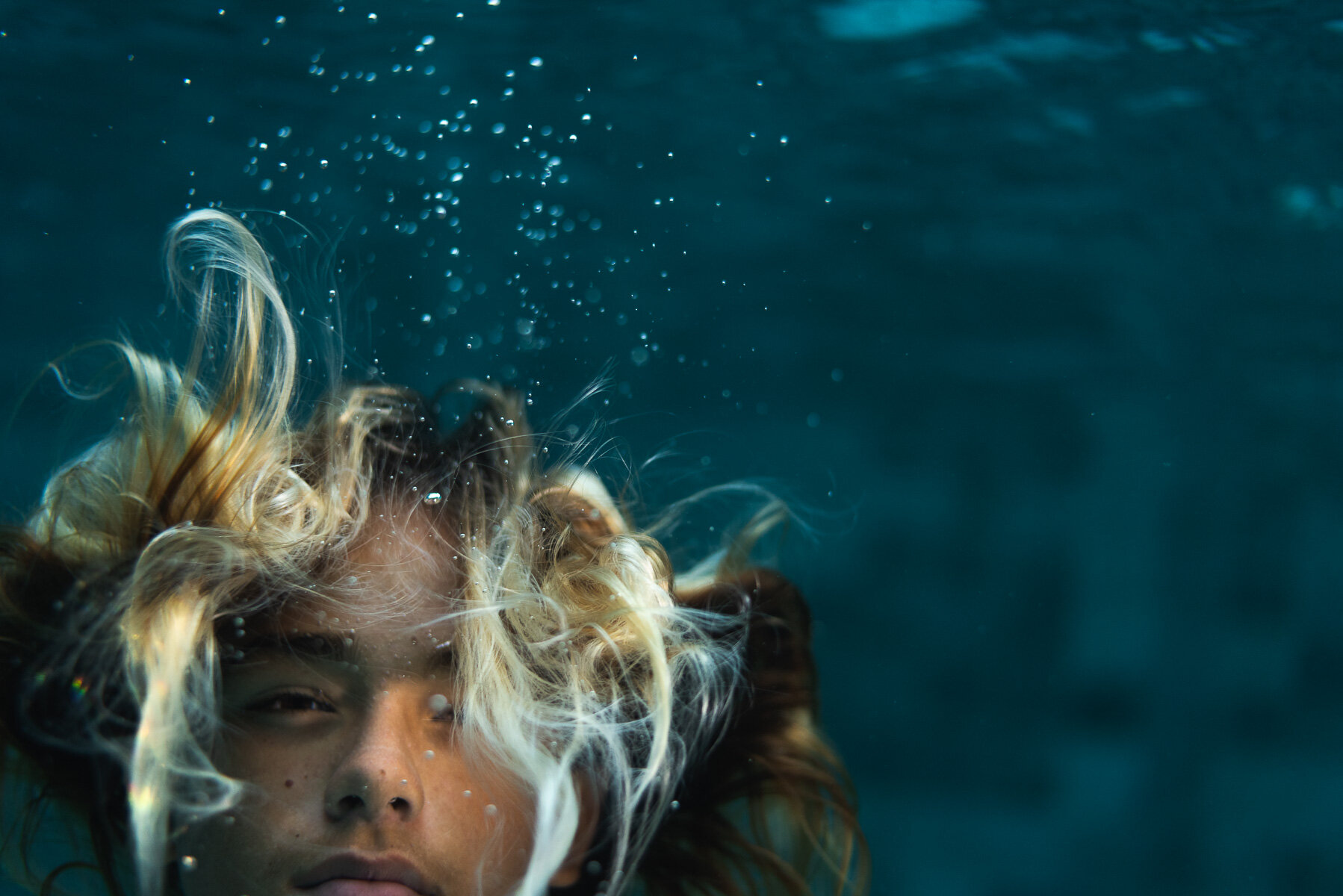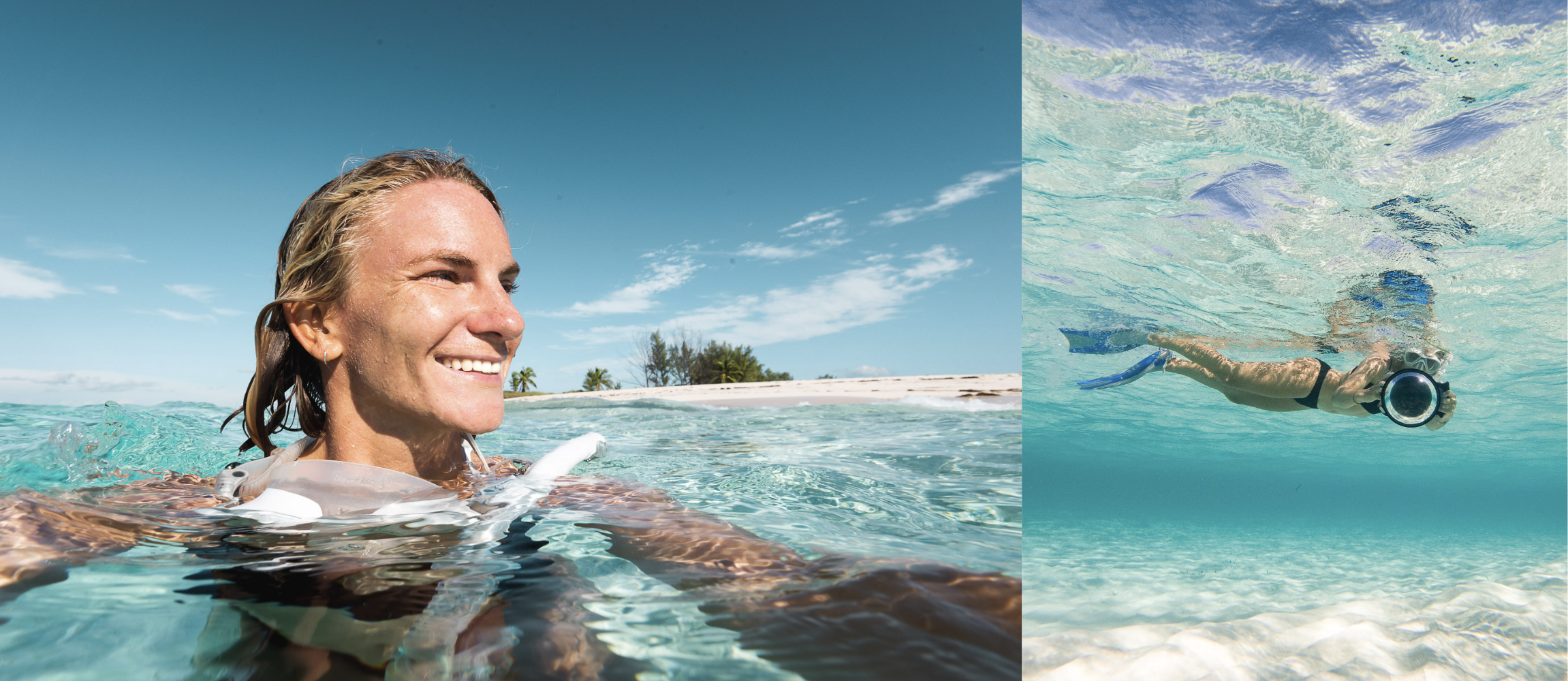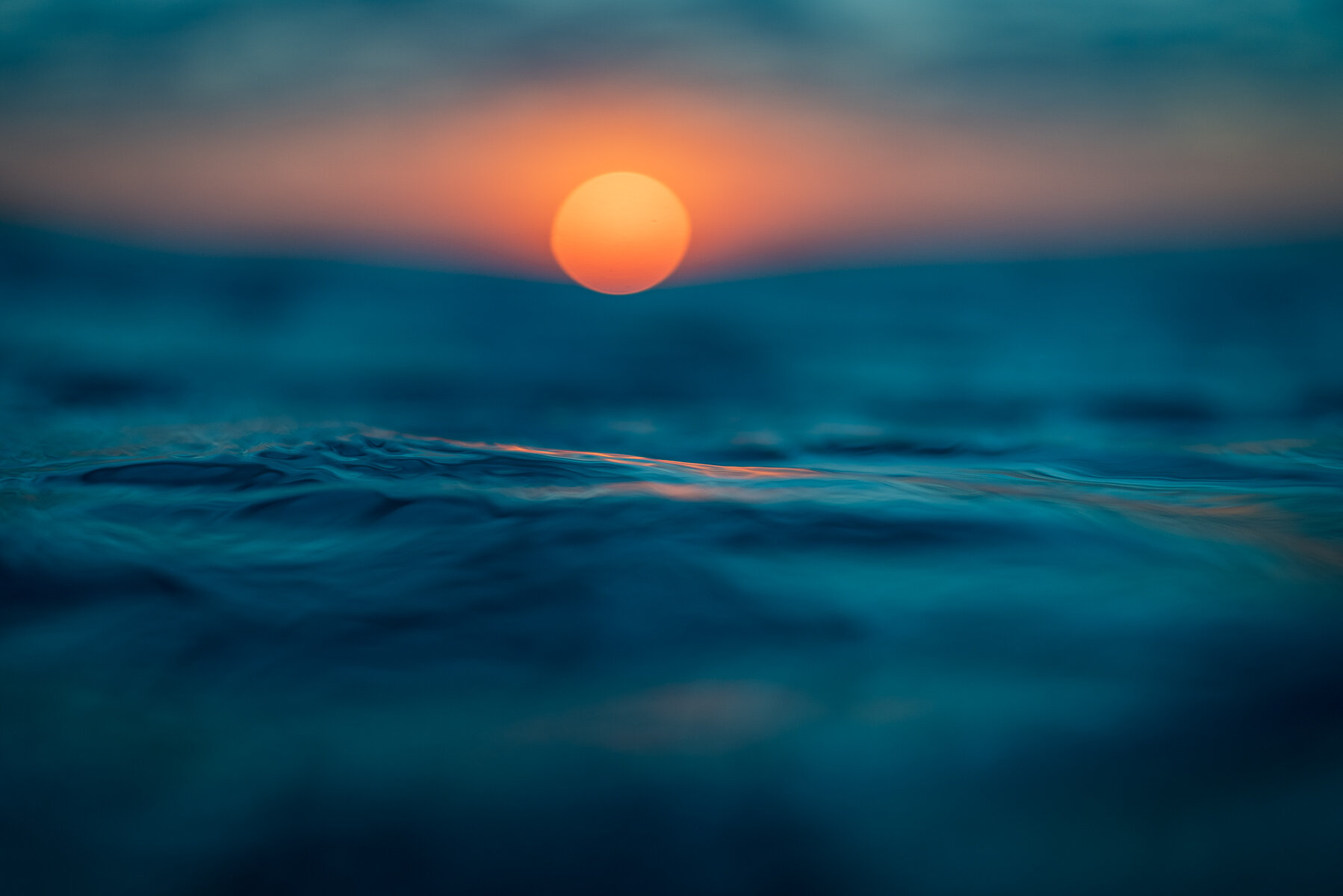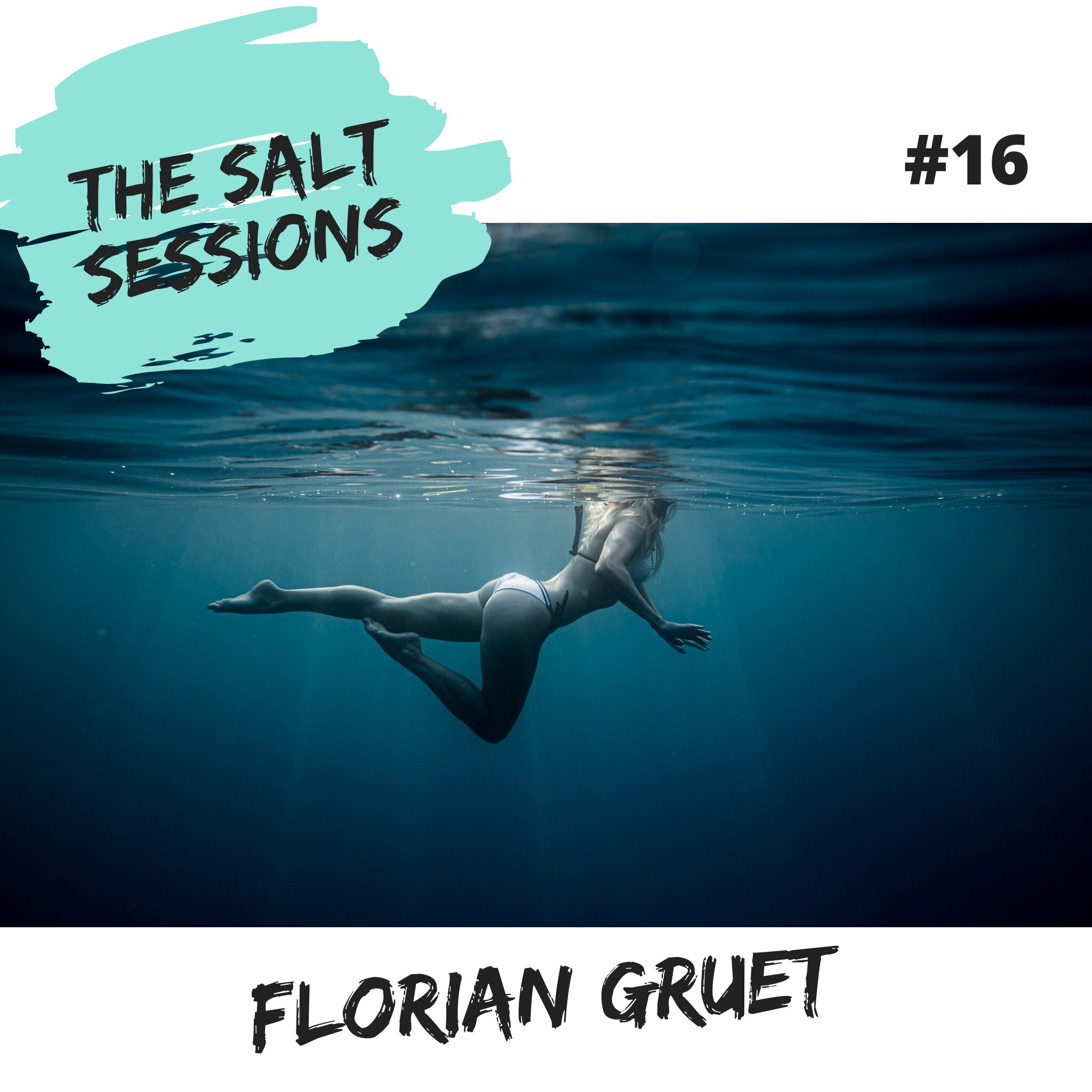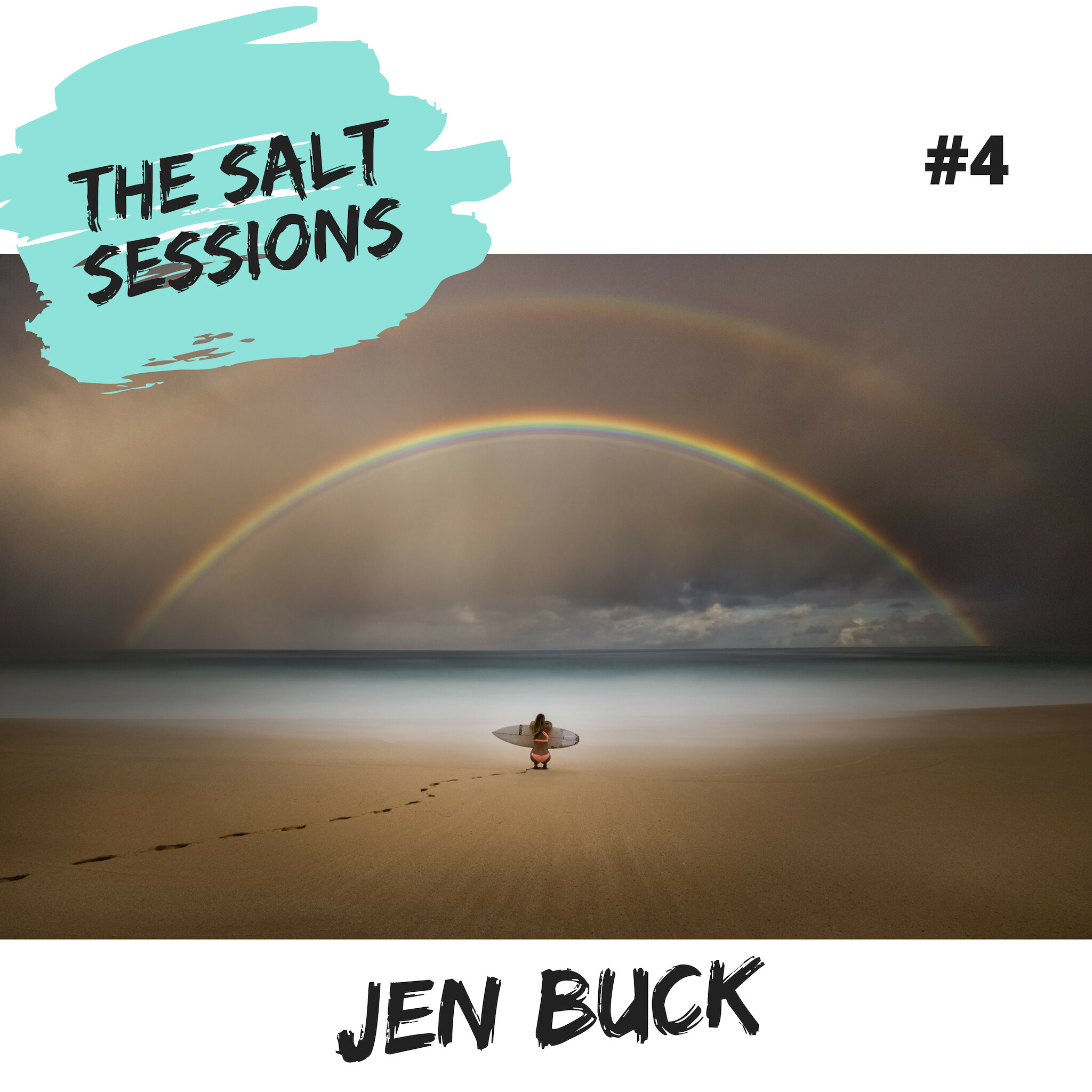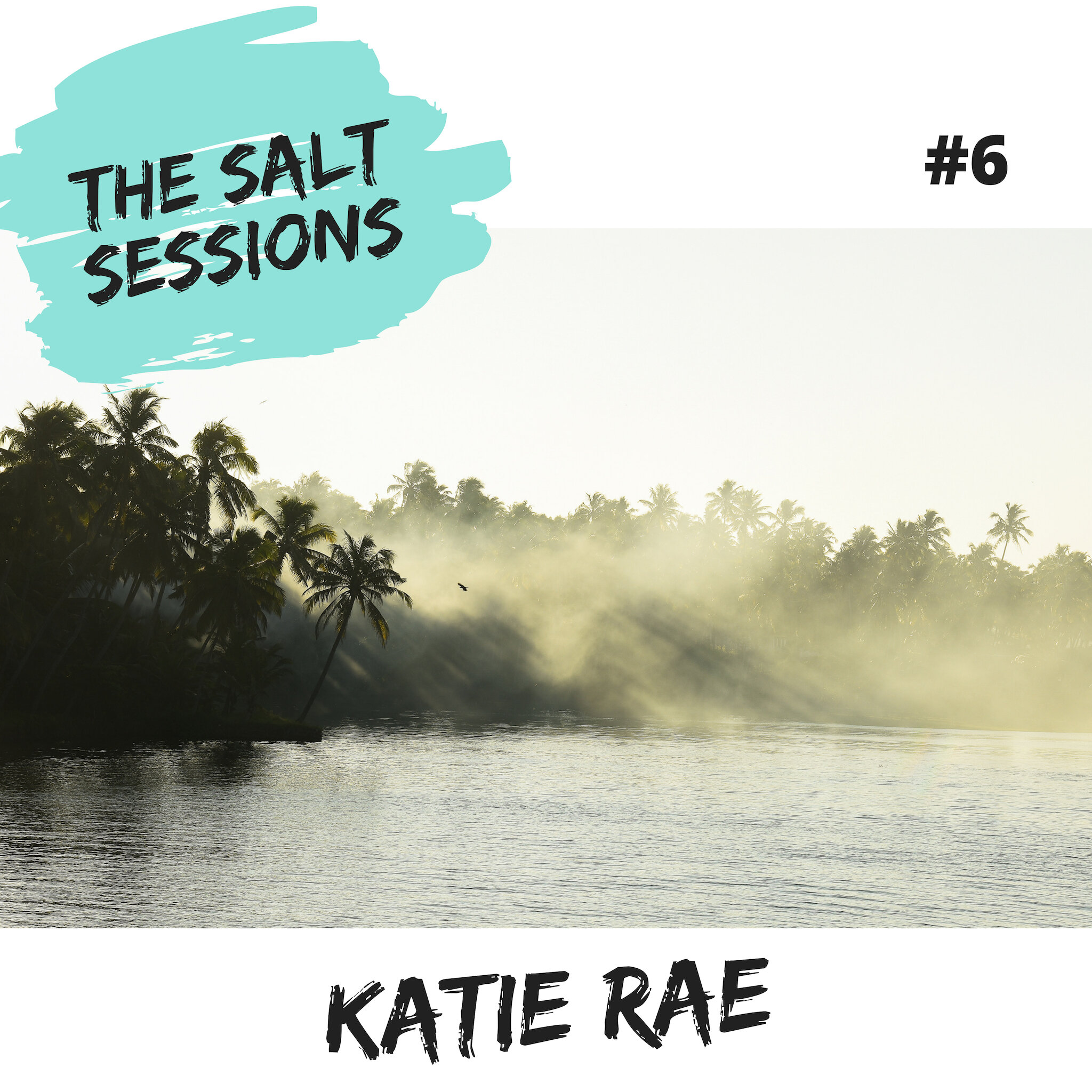Hannah Prewitt
Hannah Prewitt’s Instagram feed is like diving into a tropical dream.
I swear if you scroll for long enough your other senses actually activate and you literally feel immersed in crystal clear water, with a gentle cool breeze on your face and warm sun shining down on your back.
Growing up in London, is not the typical beginnings of an ocean photographer.
However, finally being able to experience the feeling of swimming in the warm ocean water, that she had only previously imagined, has given Hannah a unique vision of portraying the beauty of the ocean.
She brings the viewer with her into the amazing world beneath the surface of the ocean that many people may not have the opportunity or comfort level to experience first hand.
Anyone who has read even a few of my interviews will know I’m most obsessed with mindset, and that’s where I really began to develop an affinity for Hannah and her work.
Hannah puts herself and her work out there and it is the foremost factor that will continue to contribute to inevitable growing success.
Through either social media, directly reaching out to brands to work with, and also her really great blog, that you should definitely check out, sharing all her insights and learnings along her journey.
Opportunities don’t knock. You have to put yourself and your work out there and be the one to open as many doors as possible until you eventually find an opportunity waiting on the other side… and then you need to keep doing that on repeat.
Hannah is inspiring, an amazing photographer and a genuinely nice person.
I really hope this is a new find for some of you and you will continue to dive in further and discover all the great imagery and content in the world of Hannah Prewitt
Cheers
Hometown?
I grew up in the suburbs of southeast London and went to university on the south coast of the UK. I left England at 23 and never really went back. I now live on the Sunshine Coast in Queensland, Australia.
Was photography always the plan or what first made you pick up a camera?
Photography was never the plan. I kind of just fell into it. Despite growing up inland, I always felt drawn to the water and decided to study marine biology at university. With that job I was able to travel and dive all over the world and I had a terrible cheap underwater point and shoot for a long time. It wasn’t until I actually gave up marine biology and started learning to surf that I became interested in photography. I was working in the Maldives and met the surf photographer Peter Wilson - better known in the industry as Joli - and he taught me a few things about photography. At that time, when I was a complete beginner surfer, it was my way of being involved in surfing when the waves were too big for me. I could sit on the boat and take photos of surfers. I had some inheritance money sitting around and decided to take the plunge and buy a decent body and some really good lenses. Joli helped me choose everything - I had no idea what I was looking at at the time. It wasn’t until I had all this expensive equipment in my hands that I figured I’d better start learning how to use it properly!
In one of your blogs you wrote “I love that the ocean is never the same twice, so every image is completely unique” - For me, the excitement of that unpredictability and potential for something incredible to happen out of nowhere is my biggest motivator in shooting waves and the ocean, as opposed to say working in a more controlled studio environment. Can you talk to that from your perspective?
Yeah I think studio work for me would become quite mundane pretty quickly, although I do love seeing all the different set ups with backgrounds and reflectors and flashes and then seeing how all those little things make a difference to the final image.
Where I’ve spent most of my adult life in the ocean, I’ve experienced the excitement of diving or snorkelling and seeing something you didn’t expect. The thing with ocean wildlife is that it’s all out there. You just have to be in the right place at the right time. So when you’re out there with a camera, there’s always an element of anticipation of something magical happening - whether it’s a pod of dolphins appearing from nowhere or a beautiful rainbow you didn’t expect, or just amazing light appearing through the clouds. I feel like you can shoot in the ocean in almost any conditions and come home with a stunning image.
I really resonate with your approach to building your career as a photographer. Creating content through blogs, reaching out to brands and essentially putting yourself, and your work, out there in parallel with also continuing to grow your skills and versatility as a photographer. For anyone reading who may be procrastinating or waiting around for things to happen, can you offer some insight into the mindset of your approach?
Thanks for saying that, it’s not the easiest thing to put yourself openly out there. Honestly, I used to be such a different person to who I am now. I used to worry and procrastinate and then worry more because I’d been procrastinating too long. It’s such a bizarre cycle that I think a lot of people can accidentally end up in because they’re too afraid to start before they feel ready. But you’ll never feel ready. I just decided one day that if I was going to give photography a go as a potential career, then I’d just need to start putting my work out there. So two years ago I set up my Instagram account and started a website and found that I loved being forced to think about how I wanted to portray myself and choosing which of my own images I really loved. The truth is that you will never end up the photographer that you started, so you need to start now so that you can begin to evolve. It will take a while before you find where you fit in. Now I have this rule that if something really scares me, I have to do it. Because things are only scary until you’ve done them.
I also found that being honest about my journey seemed to resonate with people and I felt so inspired by some of the feedback I was getting. That really helped to push me to keep going.
Can you tell me about your love of the over / under split photo and how your first found this style?
I honestly can’t really remember how I first found that style. I think I saw a couple of images a few years ago (when they were a bit more rare) and just loved being able to see into two worlds. As someone who didn’t grow up near the ocean but longed to be under the water, I think I fell in love with the glimpse of the underwater world that a split shot gives you. I also often find that when you’re above the water it can look so different and sometimes not very inviting at all, but when you go under it’s so beautiful and calming and not at all what you’d expect. I guess I love being able to show both of those things in one image.
You went to the Foto Frenzy workshop in Bali earlier this year hosted by the legendary Ted Grambeau and Phil Thurston. What were your main 2 or 3 takeaways that you can share, be it technical, business, mindset, whatever you like?
Yes I did. It was one of the best experiences I’ve ever had. I honestly can’t recommend this workshop enough. It’s on again next year if you’re interested.
Takeaways? Well, I can’t share all their secrets! Haha. Ok, here’s one from Phil that has stuck with me. I think it was the first morning we paddled out to Keramas surf break to shoot the surf, but the sun was rising behind the us. Our eyes could very easily see the surfers and the waves, but a camera sees things differently. So you need to learn to see what your camera sees. One thing I’ll never forget that Phil told me that morning was to ‘shoot the light’. It sounds so obvious but it’s easy to forget. Your camera sees light. So if the light isn’t on your planned subject, then don’t shoot your subject, shoot the light. We turned around and shot the sun rising above the ocean and that was the start of my love affair with those abstract sunrise images.
Ted truly is a master of photography. Just being in his presence, you know you’re having a conversation with someone who has really put the hours in to master his craft. Ted taught me to learn to solve photographic problems - he says that’s the difference between a professional photographer and someone who takes photos. Anyone can turn up to a beautiful landscape with the sun setting and take a nice picture, but a photographer can ‘light’ any circumstance. I can’t sum this up in a paragraph here, it really is something you have to practice. Both Ted and Phil taught me to see and understand light, which really is all that photography is.
When you return from a water shoot and you are looking through the images from that session, what are the main elements required in an image for you to select it as a keeper or one you might work on to publish?
I think as soon as I return from a water shoot, there’s always one image in my mind that I’m certain I nailed. So I’m usually looking for that one. I actually don’t think I’m very good at selecting images - this is something I need to work on. Maybe it’s the perfectionist in me but I often go back over a folder a few months later and see other photos that I love and wonder why on earth I didn’t pick it out to start with! That’s why it’s important to look over your images with fresh eyes. After your initial picks, leave it a few days, or weeks before looking through them again. There’ll always be some gems you missed.
In terms of what I’m actually looking for, I guess just anything that really catches my eye. Which is basically an image where everything came together to form something unique. I also like to view my images on full screen and also as smaller thumbnails. It’s crazy how the viewing size can completely alter how an image looks.
Can you please tell me about that session at Cloudbreak, where you got so many incredible images! Most people, myself included, have never sat in the channel that close to such big and perfect waves. What is the feeling like being there, is it hard to believe what you are seeing through your viewfinder? ?
Ah that was such a crazy day. It was actually my first wedding anniversary. My husband and I were working at a resort close to Cloudbreak and we had some guests (and staff) that wanted to go and watch the swell. It was a horrible, rainy, grey day and I didn’t really know what to expect. When we got there, there were already so many boats in the channel. It was hard to find somewhere to try and sit. Everyone wanted to be really close to the action but not too close…. there was one wide set that nearly cleaned up a few boats!
I shot with my 400mm lens but I would have loved something longer. My husband spent 2 hours trying to hold an umbrella over me so my camera would stay dry. It was just so chaotic. There were a lot of waves that went unridden but every time you’d see a wave, we’d all shout to get everyone’s attention and then just looked for a tiny figure to see if someone had gone. They looked like ants. If they did, I’d just point and shoot until my card couldn’t write anymore. It was so exhilarating. I still look at my images now and can’t believe that I saw that with my own eyes.
My favourite shot from that day was one of Anthony Walsh. He had a GoPro on the front of his board and the video on YouTube has been viewed more than 3 million times. A few photographers shot the sequence but I haven’t seen another image of him in the barrel towards the end of the wave like mine.
But the one thing I remember most about that day was the sound. It was like the ocean was roaring. No image can capture that unfortunately. You just had to be there :)
Where are the 1 or 2 places you haven’t been yet, that you would love to shoot? Ocean or not.
I love going anywhere I’ve never been before but I’m desperate to get to French Polynesia. I think the landscape there is just incredible. And everyone’s seen those images of the stingrays and blacktips swimming around so I’d love to see if I could capture something that shows the location in a different way.
I’d also love to join Foto Frenzy on another workshop shooting humpbacks in Tonga. I’m saving for that one!
Any other parting advice for aspiring surf and wave photographers?
I think my advice for all photographers would be to never stop working on your craft and to find inspiration outside of Instagram. Remember the majority of Instagram influencers are just picture takers and not photographers. Learn by doing and don’t be afraid to invest in courses and workshops.
Something specifically for surf photographers - make sure you understand the sport. Not all surf photographers surf themselves, but that doesn’t mean they shouldn’t be watching surfing and learning how surfers move. The more you understand the sport, the less frames you’ll waste and the more epic images you’ll get.
Dive into Hannah’s world further here
Instagram: @hannahprewittphotography
Website: http://www.hannahprewitt.com
FINAL SHOT…
SOME OTHER INTERVIEWS YOU MAY LIKE


